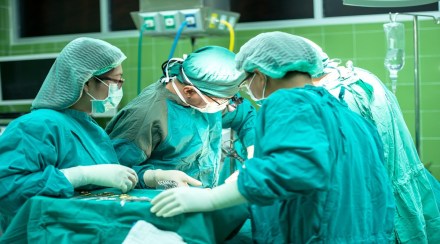In a bizarre condition, a 21-year-old UPSC aspirant who was preparing for his exams has been diagnosed with a condition that was first identified during World War II.
The condition, pilonidal sinus, is extremely painful and it leads to an abnormal skin growth located at the tailbone that contains hair and skin. The cyst is usually located near the tailbone and can become easily infected. The condition was first described during World War II in soldiers.
Dr. Tarun Mittal from the Department of Laparoscopic and Laser Surgery, Sir Ganga Ram Hospital said that the condition developed likely because the student used to sit for hours of study on library chairs. After some time, he began experiencing a painful swelling in his buttock cleft.
According to the hospital, the condition worsened, with increasing pus discharge and unbearable pain that eventually left him bedridden.
“Considering his condition, we opted for EPSiT (Endoscopic Pilonidal Sinus Tract Ablation Surgery) as an ideal solution for the student so he could recover quickly and get back to his studies as soon as possible,” Dr. Mittal, who performed the surgery, said. “The scope is introduced into the tract and thoroughly visualized for hair, which is removed with grasping forceps. After removing all the hair and debris, a cautery is introduced to burn the entire tract, and then a brush is used to curette the tract. It took almost 30 minutes to remove all the hair from the cavity,” Dr. Mittal said.
The latest minimally invasive endoscopic technique has revolutionised patient recovery and comfort, allowing patients to walk immediately post-operation, he added.
During the procedure, an endoscope is introduced into the sinus tract to thoroughly inspect and remove the hair with grasping forceps. The entire tract is then cauterised to eliminate any remaining debris, and a brush is used for curettage, the hospital stated.
